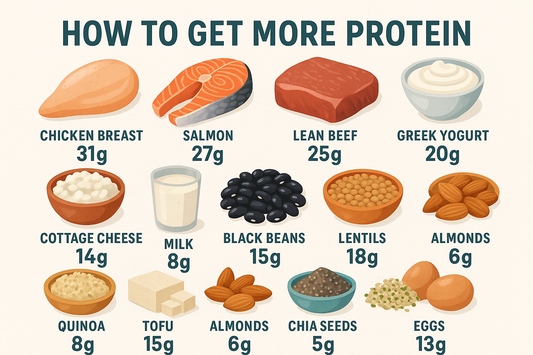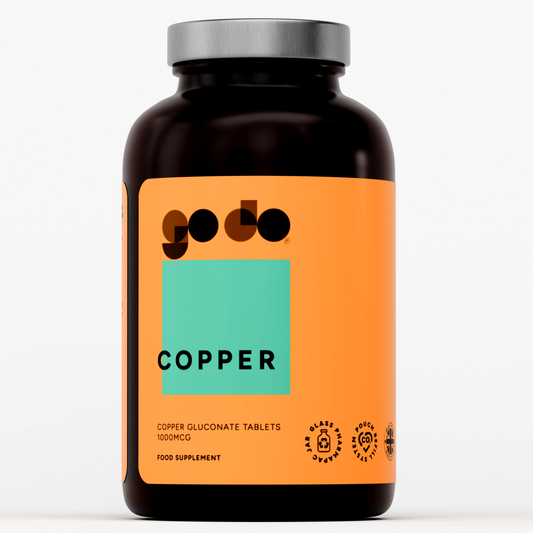
Most team sports are characterised by swift acceleration, deceleration, and alterations of direction within a 9-metre frame. Moreover, court sports, like volleyball and tennis, also entail multidirectional first-step quickness and modifications of direction within a 4- to 10- metre distance. Conferring to the numerous experts, an agility task is a fast, whole-body change of course or speed in reaction to a stimulus. Agility can be broken down into subcomponents consisting of both physical assets and cognitive abilities. One such physical quality is speed.
Participants who can move faster than their adversaries have a distinct advantage. For instance, a faster player may be able to get to a ball more rapidly than a contender or may even outpace a pursuer. For this reason, competitors in most sports value speed greatly. Speed is often quantified by using linear (straight-line) dashing over a distance between 37 and 91 metres. However, it is important to note that in most sports, players hardly ever sprint more than 27 metres in a straight line before they must make some kind of manoeuvring modification. Unless said person is a 100-metre sprinter, focusing a great deal of time and attention on straight-ahead speed may not end in optimal performance. Then again, since most sports need acceleration from a static state or when transitioning between actions, straight-line speed is still a valuable skill that competitors should focus on when testing and training for sports. Linear sprinting is a physical skill that most people have executed since their second year of life with some degree of aptitude. The mixture of stride rate (the amount of strides per unit of time) and stride length (the distance covered in a single stride) principally determines linear speed. So, athletes can develop linear speed by augmenting stride rate while upholding stride length, increasing stride length while retaining stride rate, or doing a combination of both.
Bibliography
- Dawes, Jay. Developing agility and quickness. Champaign, IL: Human Kinetics, 2012.
- Kilgore, Lon, and Michael Hartman. Fit. Iowa Park, Tex.: Killustrated Books, 2011.










